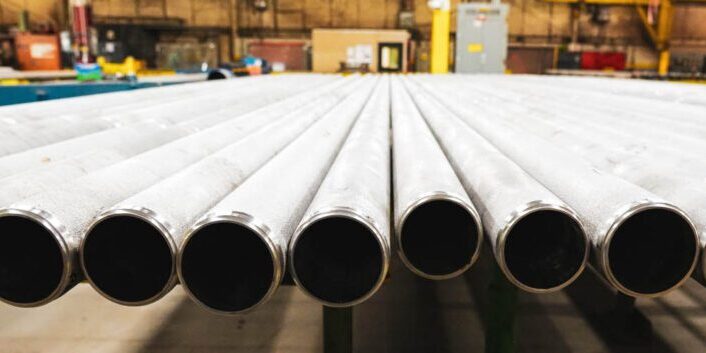Blog Nickel-Based Alloys
By: Dave Olsen
About 60% of the nickel in the world ends up as a component of stainless steel. It is selected because of its strength, toughness, and resistance to corrosion. Duplex stainless steels typically contain about 5% nickel, austenitics around 10% nickel, and the super austenitics over 20%. Heat resistant grades often contain over 35% nickel. Nickel-based alloys generally contain 50% nickel or more.
Nickel Alloy Material Properties
In addition to a majority nickel content, these materials and may contain significant amounts of chromium and molybdenum. Nickel-based metals were developed to provide greater strength at high temperatures, and greater corrosion resistance than could be obtained from iron and steel. They are significantly more expensive than ferrous metals; but because of their long life, nickel alloys may be the most cost-effective long term material selection.
Special nickel based-alloys are widely used for their corrosion resistance and properties at dramatically elevated temperature. Whenever unusually severe conditions are expected one could consider these alloys because of their unique resistance properties. Each of these alloys is balanced with nickel, chromium, molybdenum, and other elements.
There are thousands of applications for nickel as a material and nickel-based alloys. A small sampling of those uses would include:
- Defense, especially marine applications
- Energy generation
- Gas turbines, both flight, and land-based, especially for high-temperature exhaust
- Industrial furnaces and heat exchangers
- Food preparation equipment
- Medical equipment
- In nickel plating, for corrosion resistance
- As a catalyst for chemical reactions
It is worth understanding how nickel-based materials may be an effective solution for those applications requiring high temperature corrosion resistance.
For guidance in selecting the appropriate nickel-based alloy in your application, contact us.



